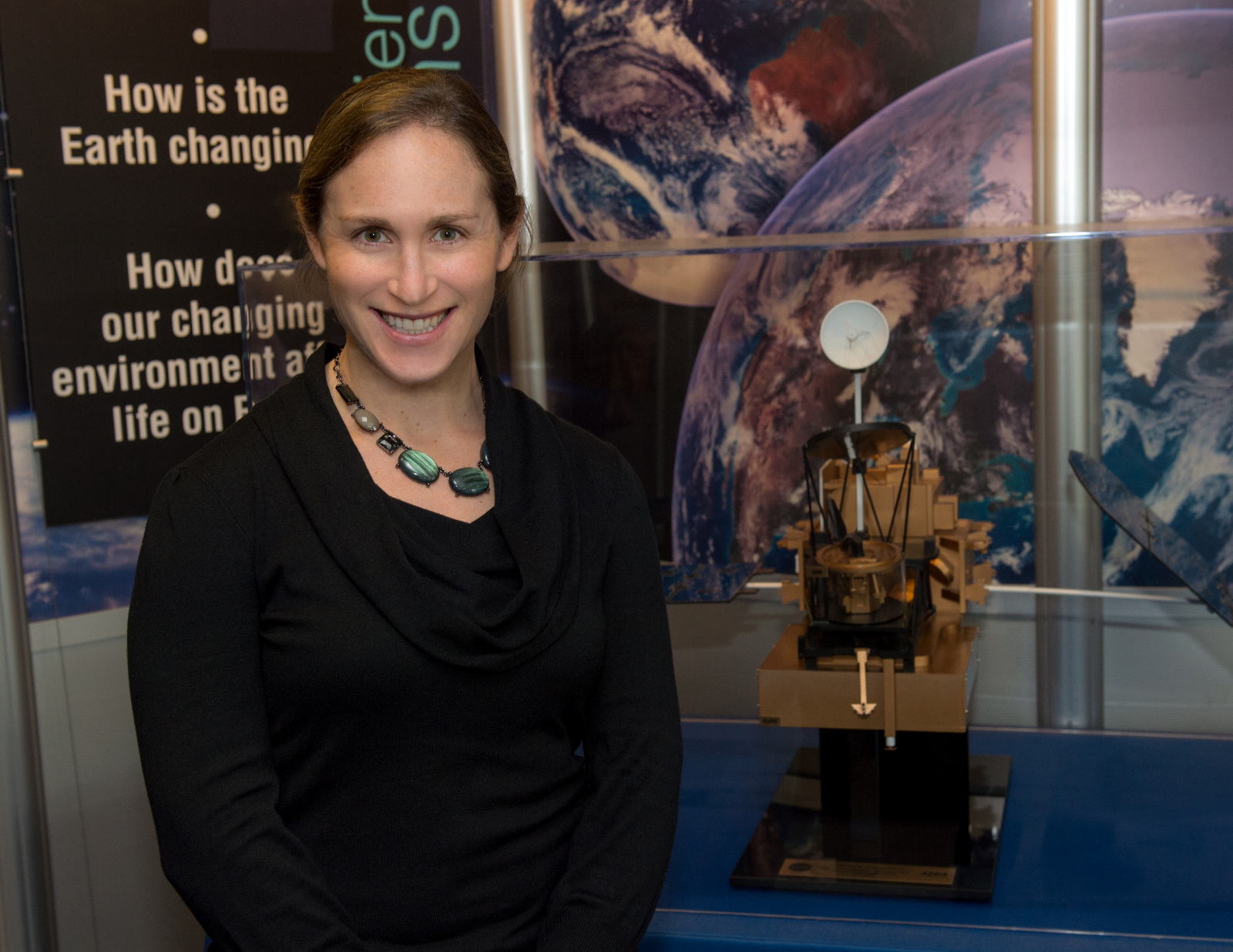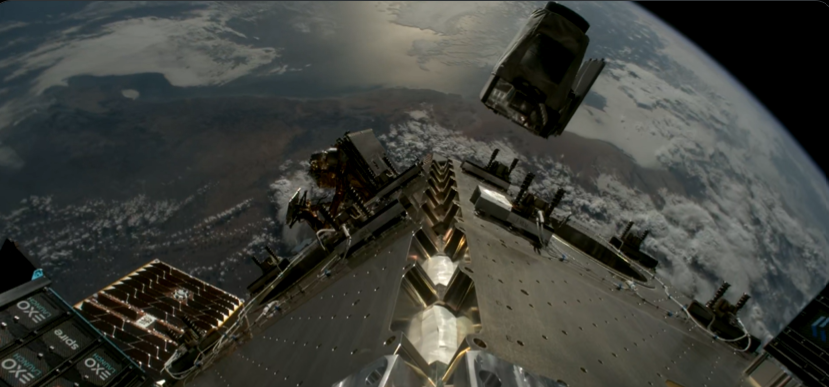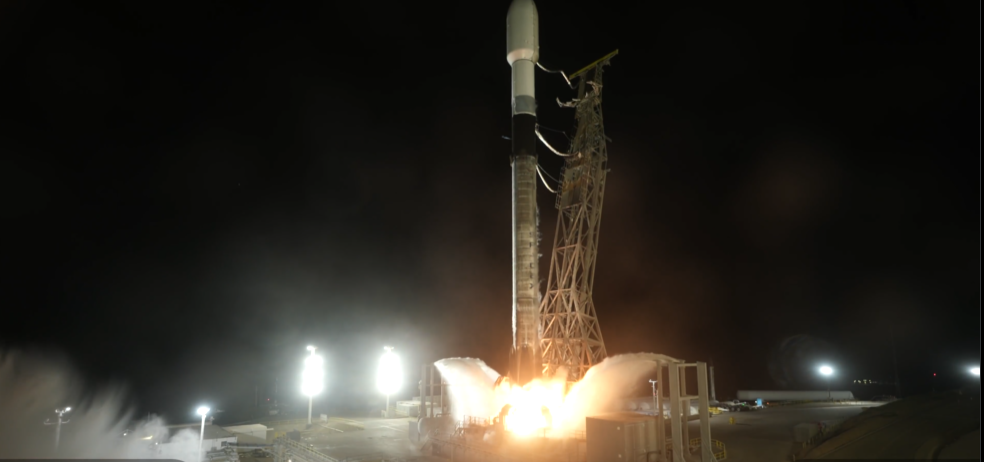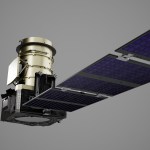Name: Dalia Kirschbaum
Title: Global Precipitation Measurement Mission Deputy Project Scientist for Applications and Landslide Scientist
Formal Job Classification: Research Scientist
Organization: Code 617
Dalia Kirschbaum is a research scientist who both studies landslides and helps with coordinating the disaster response when one occurs.
What do you do and what is most interesting about your role here at Goddard? How do you help support Goddard’s mission?
I actually have multiple hats. One hat is, I am a research scientist, and my focus is on rainfall-triggered landslide modeling. That means being able to take lots of different remote sensing data (precipitation, surface cover, soil data, etc.) and using it to try and estimate when landslides are happening in near-real time. I also serve as the GPM (Global Precipitation Measurement) deputy project scientist for applications. I work with the GPM mission to help communicate and connect end users to GPM data. I make sure people have access to the data, and I try to introduce it to a broad range of audiences. My other hat is that I’m involved with the Applied Science Division at NASA Headquarters in Washington. Specifically, I am coordinating the disaster response activities on behalf of Goddard working with Miguel Roman. We essentially help to bring together some of the core capabilities that Goddard has to bring to light when there is a natural disaster. So I participate in weekly calls to talk about disaster response activities across NASA and how satellite data can be best utilized in particular disaster events.
What is a typical day on the job?
There are some days, rare as they are, where I get to sit down and write a paper, edit work, or do some actual research. More often, I’m involved in a lot of different meetings, and I develop countless presentations to communicate about GPM, my research or disasters. I talk to a lot of different people. Last week I had conversations with a group in Nicaragua. Thursday I’m discussing a new potential tool with a group in Rio de Janeiro, Brazil. It’s really fun to be in that dynamic role where I can sit and do research and write papers but also get to interface with people all over the U.S. and the globe.
What made you pick your career/your specific line of work?
I actually took a class my freshman year of college. Funny enough, my future husband was sitting in the class right next to me. I was on the edge of my seat every day because I was so excited to learn about different environmental issues, natural disasters and even beach erosion. Meanwhile, I would look over and I would see other people who weren’t as engaged with the topic. I realized then that maybe this was the line of work for me. Through a lot of great advice and mentorship, I was able to learn more about the field of geosciences and Earth sciences while I was in undergrad. When I went to graduate school, I was able to take those skills and hone them. I decided to pursue an area where there really was a lack of research. Understanding landslides in the context of remote sensing is actually somewhat new. We are still figuring out how to approach modeling landslide activity and applying the remote sensing data NASA and other agencies collect at a larger spatial scale. It is fun to be in a field where there are new data sources that can help advance our understanding of hazards. That is what has been interesting to me in my career.
What has been your proudest moment at Goddard?
As part of the GPM project, I was fortunate enough to do live coverage of the GPM launch. So I sat in the studio in Goddard’s Building 28 for two and a half hours and worked with some phenomenal people to put on a show about the GPM launch. I was able to interview people and discuss the science, applications and engineering of GPM. Watching that launch from behind the news desk – not knowing what was going to happen – was the proudest moment. I loved knowing that this is a Goddard mission. It was developed here and it was the largest satellite built at Goddard with hundreds of scientists and engineers working for years to put it together. Watching it launch live was really incredible.
What is your favorite book?
I have two small children, and I never have time to read. It would have to be something of the Dr. Seuss variety.
What subject, other than your work, do you know the most about?
I like to bake and cook, but I am by no means an expert. I just kind of will it to turn out. I really like sports. I was a collegiate pole-vaulter, so I know a little bit about pole-vaulting. I might not know the most about sports and cooking, but I certainly enjoy them.
Describe yourself in six words.
“Makes the most of every day.” I am doing so many different things, and I enjoy doing all of them. This juggling routine doesn’t work for some people, but it does for me. This morning I came in, and I made three different presentations on three completely different topics. That may not seem super interesting, but I think it’s really cool to be able to talk to so many different people in one morning. Every day is going to be a little different. Last week I had a meeting every 30 minutes, and this week I’m more open. I think you need to balance both.
Is there anything else you would like to say?
I’m always happy to talk about landslides. I have a global landslide inventory that has been compiled by my work and the tireless work of interns and researchers. It’s the only global rainfall-trigger landslide catalog. It’s openly available, and we are hoping to build a citizen science component soon. That’s my goal!
http://ojo-streamer.herokuapp.com/
By Murray L. Hannon
NASA’s Goddard Space Flight Center

Conversations With Goddard is a collection of Q&A profiles highlighting the breadth and depth of NASA’s Goddard Space Flight Center’s talented and diverse workforce. The Conversations have been published twice a month on average since May 2011. Read past editions on Goddard’s “Our People” webpage.

































